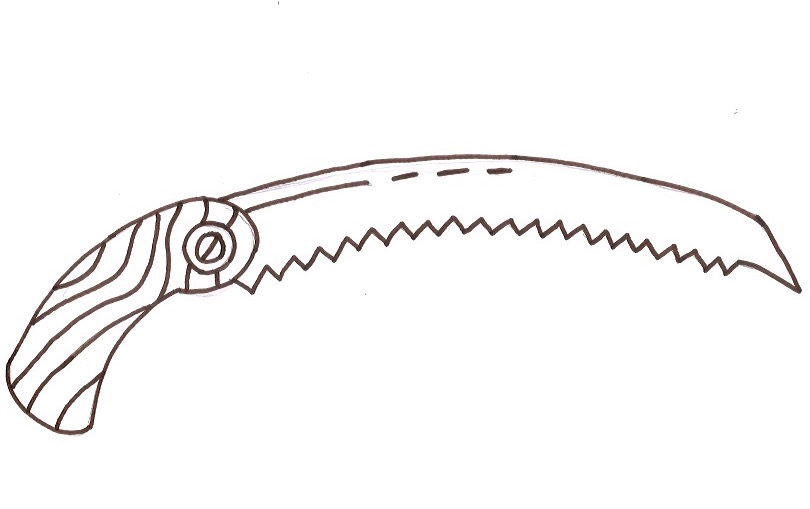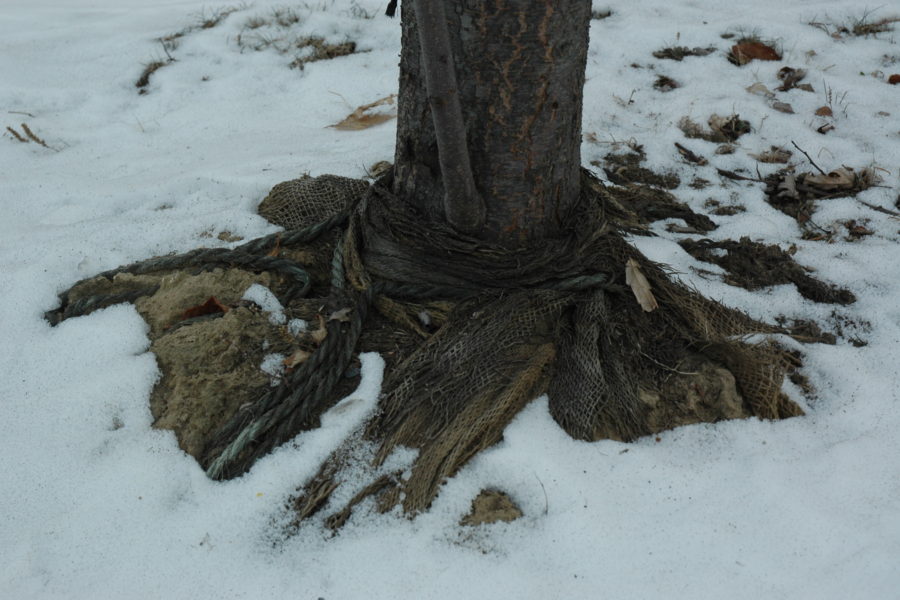We’ve got a taste of warm weather. Sunshine melting the cold away leads us to thoughts of planting a tree-planting a hope.
I tuned in once again to treestuff.com’s free webinar series last night as Albert Cooper guided us towards the light of proper planting culture. Not too deep, wider is better, intricate irrigation, and just say no to fertilization and pruning. There was talk of macro- and micropores, soil amendments and staking options; running the gamut of preparation and aftercare.
But where’s the disconnect? In our urban forests we see more and more dismal examples of the infamous mulch volcanoes, withered, dehydrated stems and root flares choked with burlap fingers. Has the tree lawn simply become somewhere we put our trash?
Albert Cooper shared some of his insight into this problem in the Q and A session to follow his great presentation, which really struck a spark of inspiration for me. As Cooper stealthily suggested, it may be an issue of accessibility. Anyone can plant a tree, really. And quite honestly, maybe that’s the problem.
Proper tree planting requires a dynamic understanding of site, species and future management. It requires the arborist or horticulturalist to understand the individual, as well as the bureaucracy. And besides the scientific and political elements (depending on the scope of work), as with any culture, there is also the fine art involved in the process of feathering out roots, maneuvering the specimen on site, amending soil around that system, checking for proper soil field-capacity in terms of irrigation; all the while trying to maintain a sustainable product in a competitive market. That is: a tree that lives long into the future at an affordable price.
I think it is true that successful tree planting is a microcosm to any successful aspect of society at large. There are examples of urban planning and landscape design that are truly awe-inspiring, carried out by individuals and teams really interested in creating something close to life-everlasting. And there are other projects, green for a week or a year, and then slowly but surely, toppled, chlorotic and dead. Albeit the warranty, a bad taste remains. It’s the difference between passion and unpreparedness-a shot towards the moon versus a shot in the dark.
Something I recently read in an essay by John Kotar on Silviculture and Ecosystem Management in the collection of essays in Ecosystem Managment rings true for this discussion: “We must accept the reality that science cannot provide an objective basis for prioritizing society’s values,” (Kotar, 274).
We see many factors play out before us in the landscape, a very complex system interacting with things that we can and cannot control. For the arborists of today and tomorrow, maybe we as a larger arbor culture need to shatter the myth that planting trees is easy; maybe we need to promote the culture in this light. Like Albert Cooper noted, not everyone is capable of going around town delivering babies, so maybe everyone shouldn’t be going around town planting trees. Of course, there’s always that one miraculous story that everyone loves, but it seems today by looking at many a planting site that real heroes are hard to find.
After all that talk, I guess my best advice for today would be this: have an arborist plant your tree.
#unsnaretheflare





Leave a Reply
Your email is safe with us.